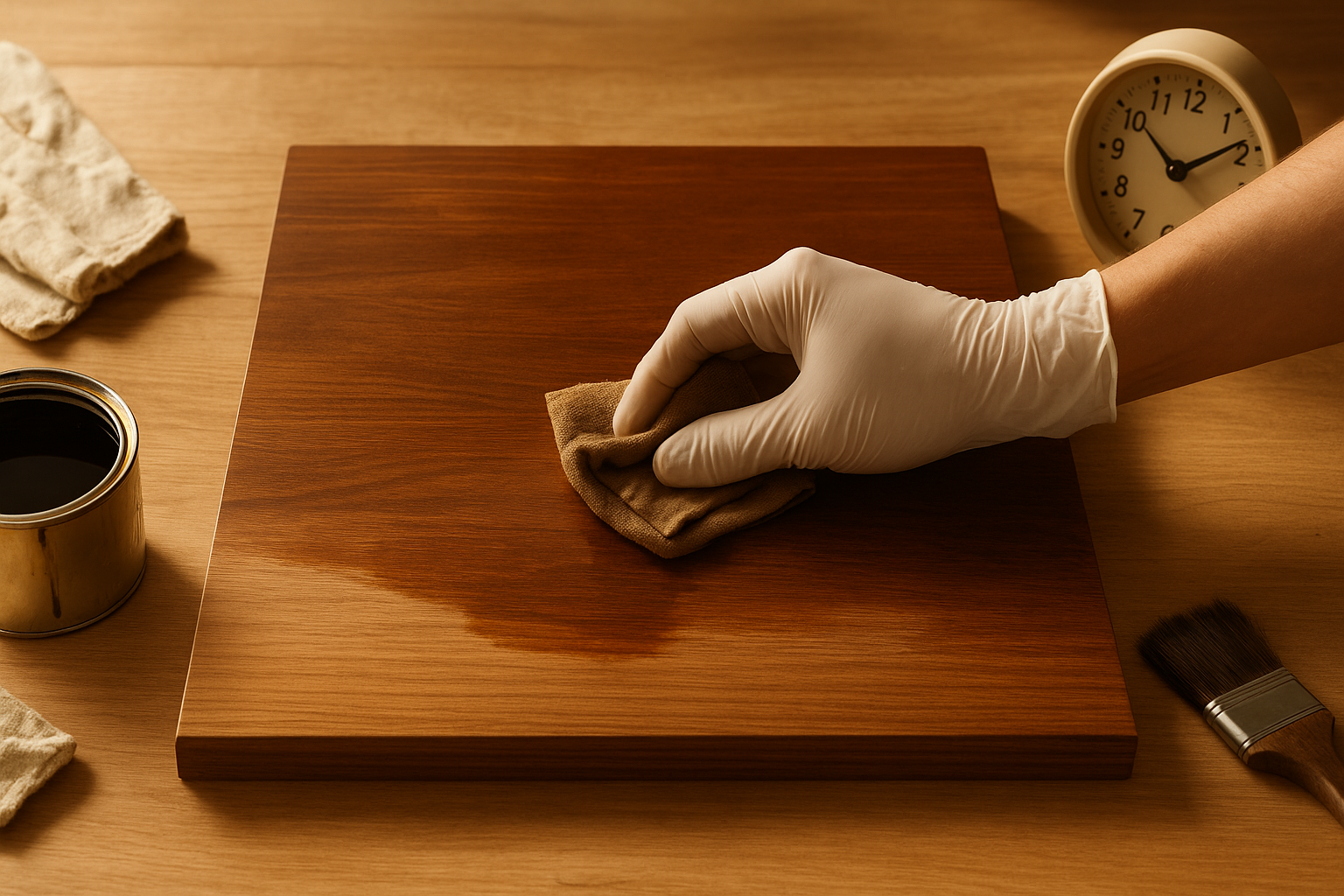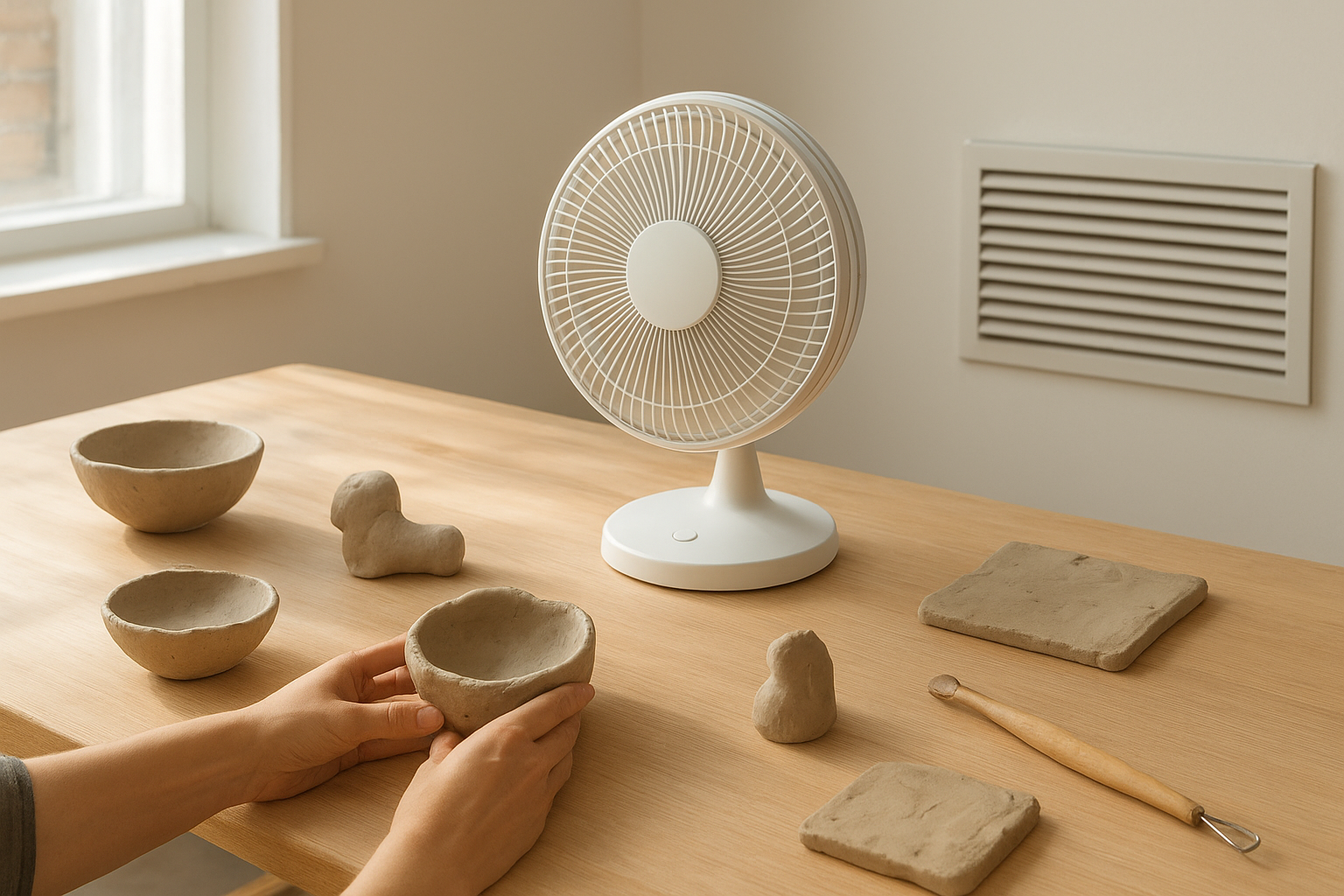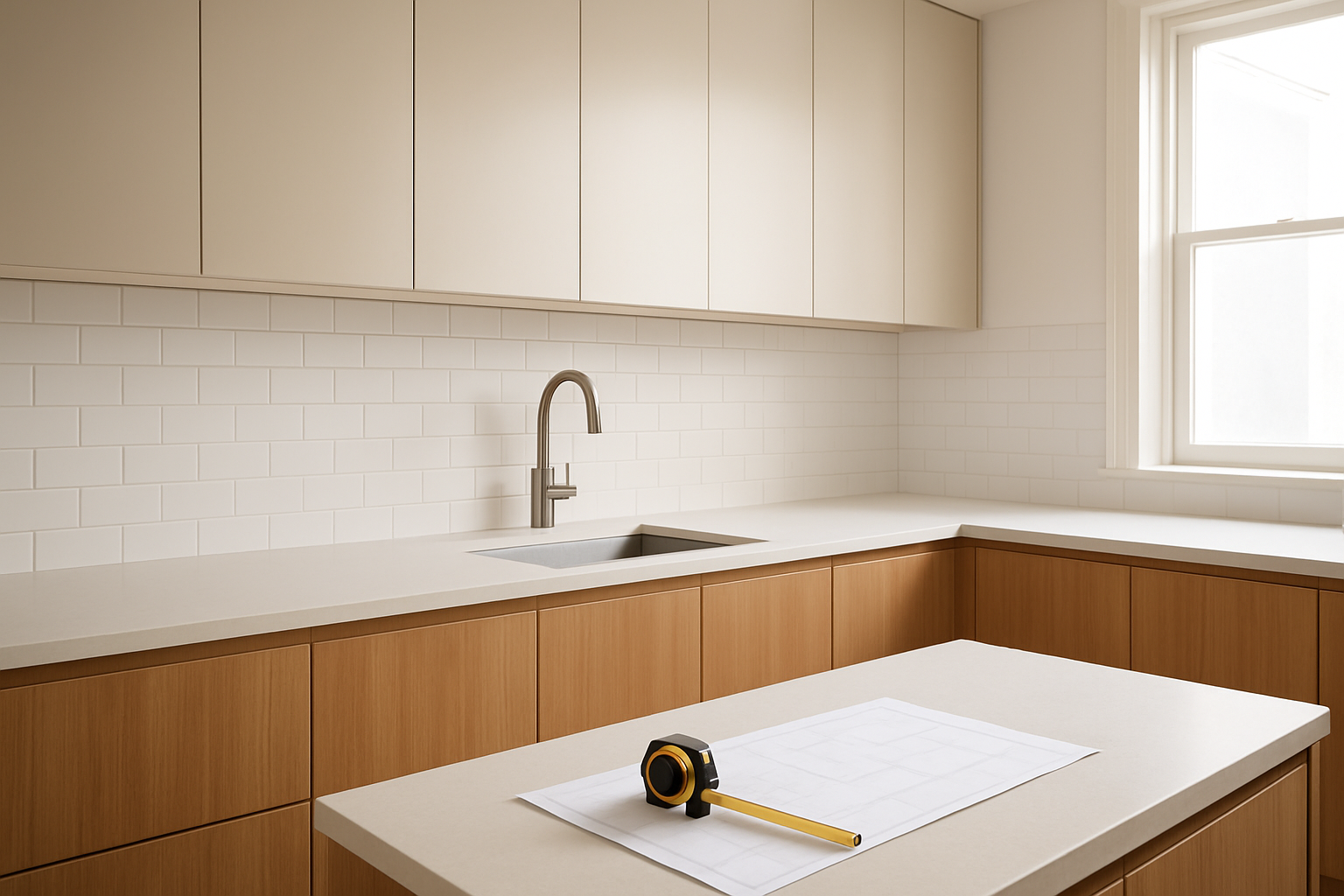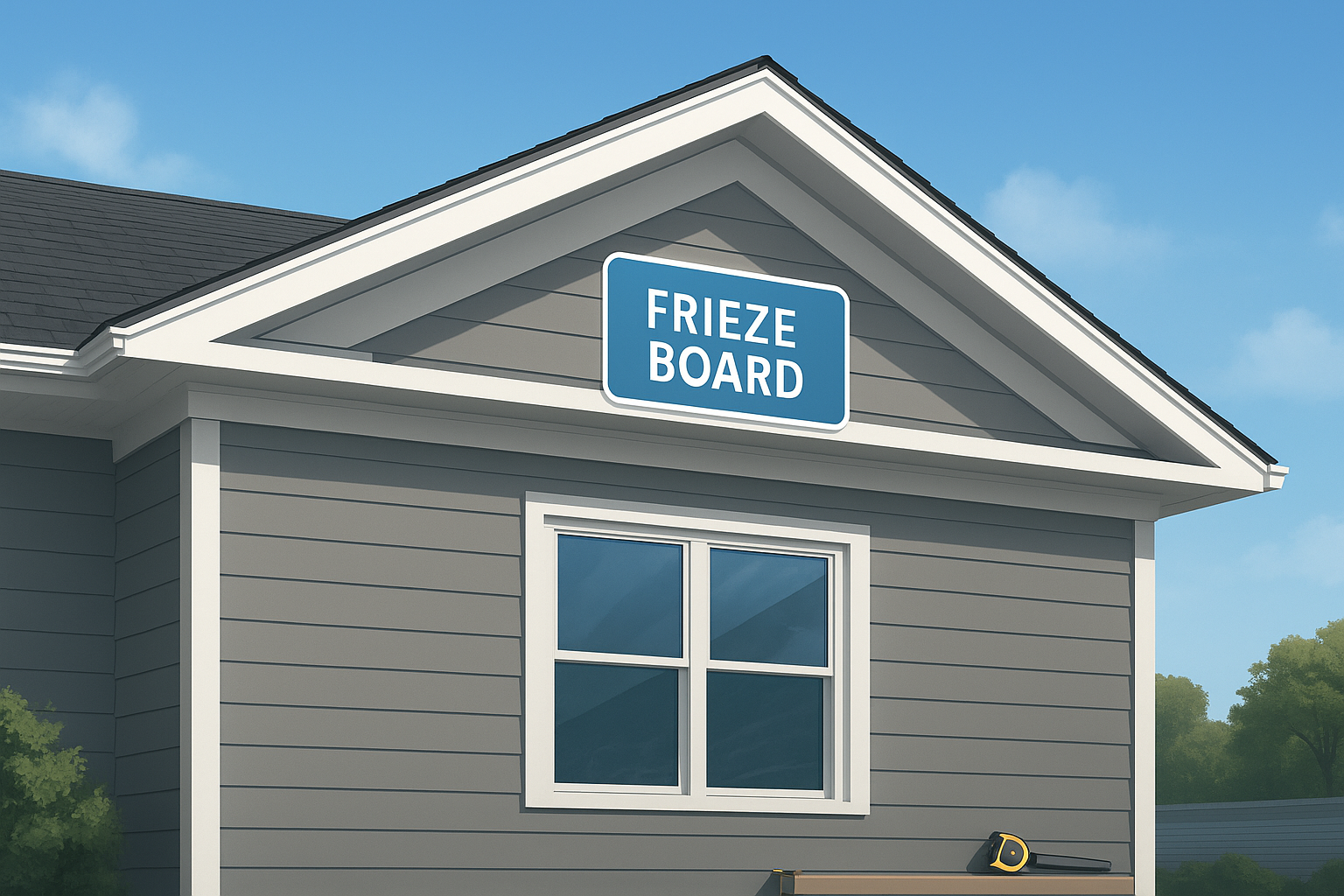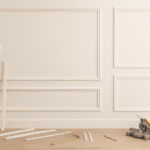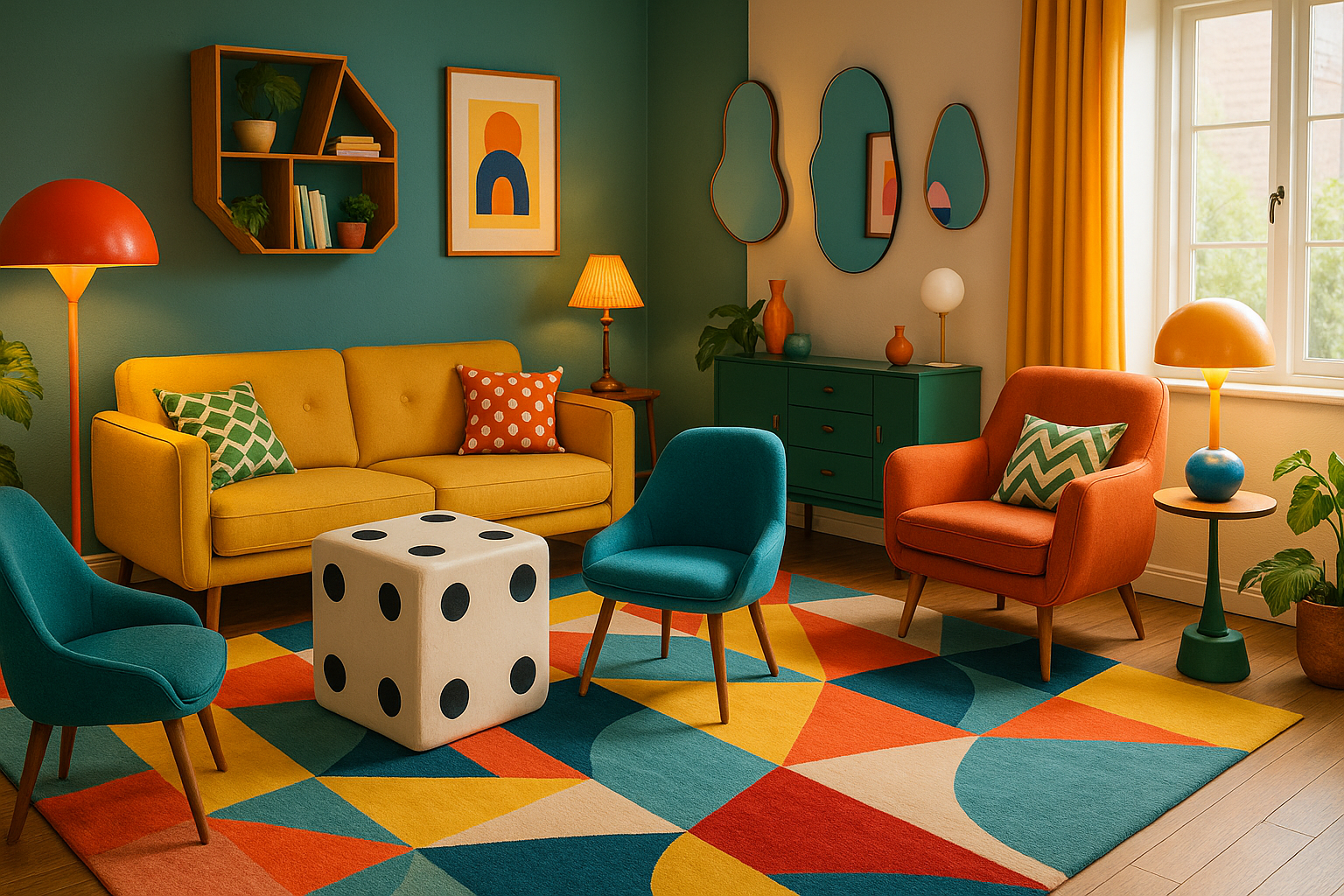When you first hear the term frieze board, you might assume it’s something fancy reserved for historic architecture or expensive homes. But surprise — it’s actually a simple, powerful exterior detail that almost every house has (or should have).
So, what is a frieze board really? And why do builders, designers, and homeowners care about it?
Let’s break down everything you need to know — the purpose, style options, frieze board vs fascia, sizing tips, and whether you need one on your home makeover list.
What Is a Frieze Board?
A frieze board is a trim board installed right below the roofline, where the top of the wall meets the soffit. It works as a finishing detail that hides gaps and keeps the transition smooth and polished.
Think of it as the perfect border between walls and roof — practical, stylish, and protective.
Why Are Frieze Boards Important?
They may look minimal, but they do big jobs:
✅ Protect against moisture sneaking into wall joints
✅ Add crisp visual lines to the home exterior
✅ Support decorative details like crown trim
✅ Improve home value with clean architectural styling
✅ Cover structural gaps for a polished appearance
A frieze board is like adding mascara — the structure is still there, but the definition takes everything up a notch.
Frieze Board vs Fascia — What’s the Difference?
These two get confused all the time, so here’s the clear diff:
| Feature | Frieze Board | Fascia |
|---|---|---|
| Location | Below roofline, above siding | At roof edge, front of the eaves |
| Purpose | Decorative + protective wall trim | Holds gutters + protects roof |
| Visibility | A subtle detail | Very visible trim line |
| Replacement frequency | Low | Higher (gutter/water exposure) |
👉 Short answer:
The frieze board trims walls.
The fascia trims roof edges and holds gutters.
Both matter — but they’re not interchangeable.
Do All Houses Need a Frieze Board?
Not every home includes one — especially modern builds with flush siding-to-soffit connections. But adding one can:
✨ Add character
✨ Fix uneven siding edges
✨ Boost curb appeal instantly
For homeowners wanting playful detail inspiration, quirky finishing touches like a frieze board pair beautifully with fun décor choices. For example, check out creative ways to mix personality into your spaces with quirky home decor.
Sometimes, it’s the small upgrades that make an exterior feel “complete.”
Best Materials for Frieze Boards
Choose based on budget, climate, and style:
| Material | Pros | Cons |
|---|---|---|
| Wood | Traditional look | Can rot if not sealed |
| PVC | Weather-resistant | Slightly pricier |
| Fiber Cement | Durable + paintable | Heavier to install |
| Engineered Wood | Eco-friendly | Needs regular care |
No matter the material — finishing correctly means long life + lasting style.
What Is the Standard Frieze Board Size?
Dimensions aren’t universal, but here’s the typical range:
📏 6 to 12 inches tall
📏 ¾ to 1 inch thick
Design rules of thumb:
- Taller homes → taller frieze boards
- Decorative crown trim → wider board looks better
- Minimalist homes → 6-inch board keeps it sleek
When proportions are right, the home instantly looks more intentional.
Styling a Frieze Board on House Exteriors
You can take it in a few fun directions:
✨ Simple & Clean — flat board, modern vibes
🏛 Decorative — mouldings for a classic look
🎨 Contrasting Colors — highlight the roofline visually
🪵 Stained Wood — rustic or craftsman charm
Want to combine a frieze board upgrade with a furniture refresh? Try cost-friendly methods like painted furniture with chalk paint to keep everything cohesive while staying on budget.
Exterior changes inspire interior updates — it’s a vibe.
Should You Add a Frieze Board?
If you’re remodeling, repainting, or improving curb appeal — a frieze board addition is:
✔ Low-cost
✔ Visually transformative
✔ Protective long-term
It’s one of those architectural details that shows you care about the whole look — not just the big features.
Final Thoughts — A Small Line With a Big Impact
A frieze board doesn’t shout for attention… but you’d instantly notice if it were missing. It creates balance, structure, and style — the little finishing touch that elevates the exterior from simple to standout.
If you’re designing, renovating, or just dreaming — remember:
Great design isn’t only about what you add… it’s what you finish well.





